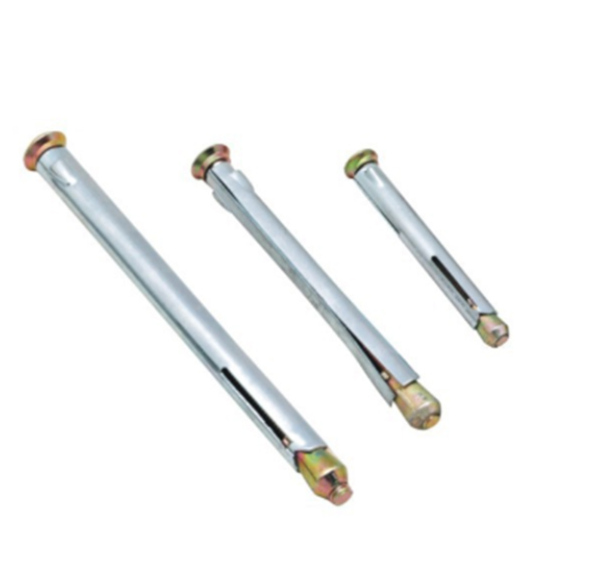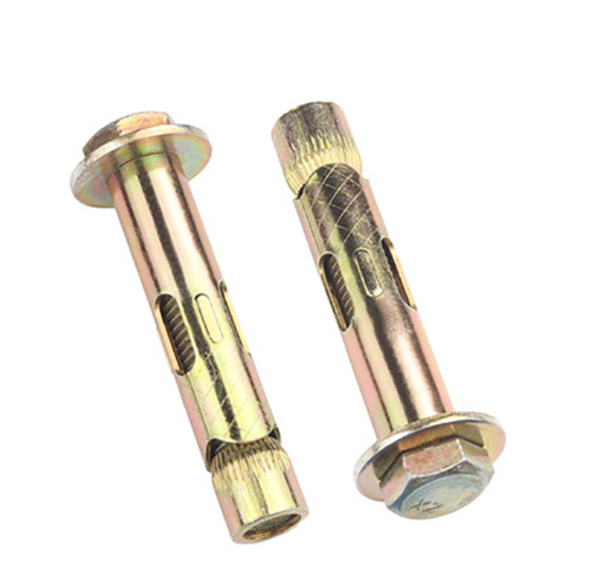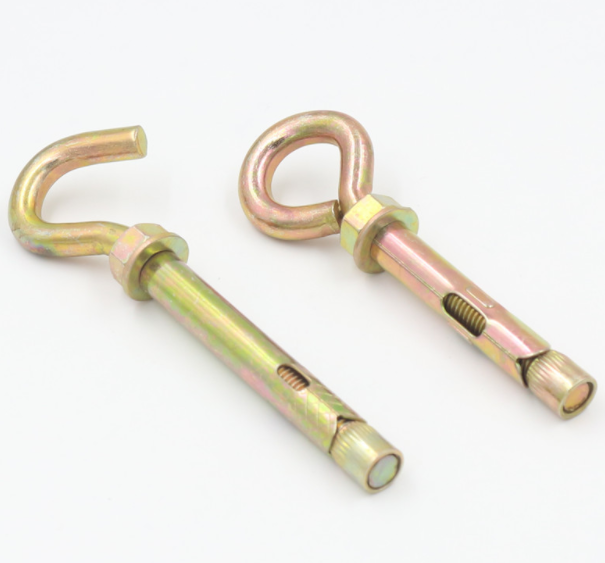Copyright © 2021 Kinfast All rights reserved. 粤ICP备06034726号 Site Map Powered by iwonder.cn
- TEL: +86-755-8347-9123
- E-MAIL: info@kfproduct.com
Anchor screws are used for hanging light- to semi-heavy objects on a wall, such as a large mirror, wall shelf, or mirror. Screw anchors are helpful because they allow you to hang items virtually anywhere, without hunting for a stud to sink the screw into. The other great advantage of screw anchors is flexibility: you are not bound to the rigid spacing of studs, typically 16 inches on-center.
More importantly, anchor screws are designed to prevent the weight of the object from pulling nails or screws out of the wall, creating unsightly holes as well as posing a potential safety hazard.

Included for free with many products, some anchor screws are not up to the job. In these cases, it is worth your while to purchase better-quality, inexpensive screw anchors from your local home center or hardware store. Once they have run their course and are no longer needed, they can become wall nuisances: protrusions that catch low-angle light and are exceedingly difficult to remove.
Learn how to install screw anchors correctly as well as how to eliminate them once they have served their purpose.
How to Install Screw Anchors
Light products are often sold with the screws and plastic sleeves already in the pack. Medium-heavy objects, such as mirrors and or shelving, should be hung using toggle bolts.

If the object being hung is especially fragile or valuable, consider purchasing heavy-duty wall screws. These self-piloting sleeves come with their own screws and hold up to 65 pounds each in drywall. While fairly expensive, they provide a more stable anchor than the push-in plastic sleeve anchors that are provided for free with some products.
But if the item is fairly light and isn't especially valuable, the plastic sleeve anchor screws work fine because they still have a good degree of shear strength.
Wall anchors are useful for securing a heavy item, such as a shelf, in drywall. However, they have prongs that will damage the wall if you try to pull them out, and a collar that will damage the wall if you try to push them through. To safely remove a wall anchor, you need to remove the collar by either snapping or cutting it off. Try snapping it off the anchor is made of metal and cutting it off it isn’t.
Unscrew the threaded screw. Some anchors have threaded screws that need to be removed before you can reach the collar. In these cases, use a screwdriver to turn the screw counterclockwise until it is loose, and then remove it.
If the screw has a cross slot on top, remove it with a Phillips-head screwdriver. This is the most common type of screw used in drywall anchors.
Grab the collar with a set of needle-nosed pliers. Use needle-nosed pliers to get underneath the anchor and grip it. Grab the edge of the collar, then pull out and snap it off.
The collar is a small circular piece of metal that holds the anchor in place, so that it cannot be pushed backward, out the other end of the wall.
Be gentle when you attach the pliers. You don’t want to gouge the drywall. Try to avoid touching the drywall with the pliers.
If the anchor is tight or stuck, place a flat-head screwdriver or pry bar under the head of the anchor to ease it out.

Press the tip of a screwdriver into the hole where the wall anchor is lodged. Once the anchor has been removed, you can use a screwdriver to push the anchor out through the other end of the wall. The screwdriver shouldn’t be larger than the diameter of the wall anchor because you will want to be able to push it through the wall without making the hole bigger.
You can also use a 1⁄4 in (0.64 cm) drill bit to drill out the insert.
Push the anchor through the wall with a screwdriver. The wall anchor should fall into the frame, behind the drywall. You will be left with a small hole to patch.
Another option is to place a Phillips-head screwdriver in the anchor. Tap it gently with a hammer. Once it is pushed slightly into the wall, apply joint compound over it to smooth out the hole.
For more information about anchor screws, please feel free to contact us!